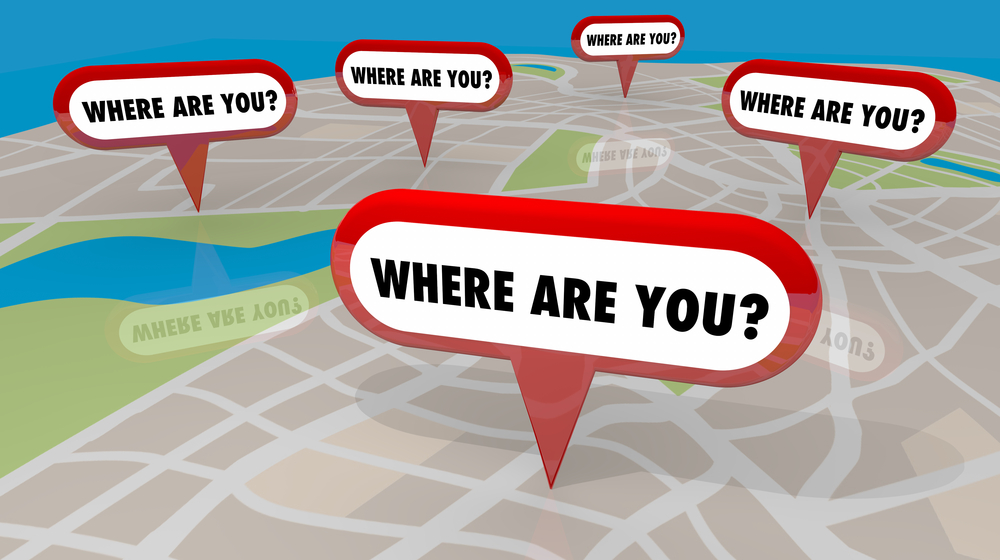Oh Where Oh Where Is My Pension?
It just might be in a state “unclaimed” property fund. A recent research paper issued by the Center for Financial Security of the University of Wisconsin-Madison puts a spotlight on these funds and the many unclaimed retirement accounts in them: “Frictions in Saving and Claiming: An Analysis of Unclaimed Retirement Accounts” by Corina Mommaerts and Anita Mukherjee.

In the paper, the authors use data collected from state unclaimed property databases to estimate that nationally in 2016 there were 70,000 unclaimed retirement accounts totaling $38 million! The authors found that most of these accounts are related to defined contribution pension plans (e.g., 401k plans) and belong to people age 74 or older. Why age 74 or older? Under Internal Revenue Code rules, people generally must take “required minimum [pension] distributions” in the year they attain age 70 1/2 [recently increased to age 72] (or by April 1 of the following year if they were born after July 1), OR (if later) the year they retire; otherwise, they will pay a 50% penalty on the amount they were supposed to take. Most people act in their own economic self interests by timely taking their RMDs, but not if they have forgotten about their retirement account and the plan administrator cannot find them to make the distribution. Additionally, most states will not accept purported unclaimed retirement funds until the account has been dormant for a few years, meaning there has been no account activity and the account owner failed to respond to notices about distributions. When a state accepts such unclaimed retirement funds, those assets are said to “escheat” to the state.
The authors explain that unclaimed retirement accounts arise largely due to our increasingly mobile work force. People often do not claim their retirement account when they change jobs, choosing to leave the account with the former employer rather than bear the inconvenience of setting up an Individual Retirement Account (IRA) and rolling the funds into that account. After a while, they may forget about the retirement account (or several such retirement accounts if they change jobs frequently). The more often they move, the harder, too, it is for former employers to locate them in order to pay them their RMDs.
The authors note that all 50 states and Washington, D.C. host unclaimed property databases designed to link individuals with their assets. Information on the unclaimed assets is typically available via a name search on an online website. The value of these unclaimed property databases is indisputable. The authors report that, in 2016 alone, asset owners claimed $25 million in retirement savings from just 15 states studied in a 2019 Government Accounting Office (GAO) report. These accounts had an average value of $601 from 401k plans and $5,817 from traditional IRAs.
Still, as the authors note, a national unclaimed data base for retirement funds would be more efficient and effective than the current state-by-state system. Indeed, that was the impetus of legislation proposed in 2018–The Retirement Savings Lost and Found Act–which, unfortunately, was not enacted. However, the issue has arisen in Congress several times over the years. Therefore, it is likely that a national unclaimed data base for retirement funds will again be proposed in the not-to-distant future.
To read more of my pension and retirement posts, go to my Pension Justice 4 You Facebook page. Click the Like and Following tabs just under the picture at the top of the page to be automatically notified when I publish a pension post. Need pension help? Call me Eva Cantarella at 248-335-5000, or email me at [email protected] or [email protected].